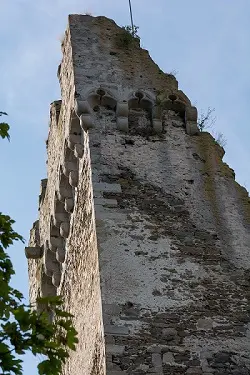Cultural Heritage and Heritage Conservation

Finely embroidered threads on precious robes, tiny fragments of charcoal in the forest floor, votive pictures in a pilgrimage church, fairy tales and legends, or even the way an entire city centre is laid out: we encounter traces everywhere that tell the stories of earlier generations. Scientists who represent the key area "Development and Preservation of Cultural Assets" use cultural assets to gain insight into past life worlds and to explain our present everyday culture. At the same time, they are working to preserve these material testimonies for future generations - because many of them must be protected. Dangers such as weathering processes, wanton destruction or oblivion and ignorance threaten them.
At the University of Bamberg a university research institution, the Centre for Heritage Conservation Studies and Technologies (KDWT) was officially launched in March 2016. The core tasks of the institution are the expansion of knowledge and technology transfer to non-university institutions, the expansion of technical competence and the extension of the range of courses on offer, which goes hand in hand with content and technical equipment support in research, teaching, etc., as well as the internationalisation of research. At Deakin University, the CADET Virtual Reality (VR) Lab is a unique facility in which you can walk through virtual reality representations of products that are yet to be realised using virtual reality technologies. The VR Lab is the first of it's kind in the world, it is located within the Centre for Advanced Design in Engineering Training (CADET) facility.
Researchers from the archaeological sciences, monument sciences, European ethnology, history, art history and Oriental studies collaborate in this research area. Scientists apply the latest, often digital, methods and continuously develop them further. In the monument sciences we find interdisciplinary competence between humanities, engineering and materials science.